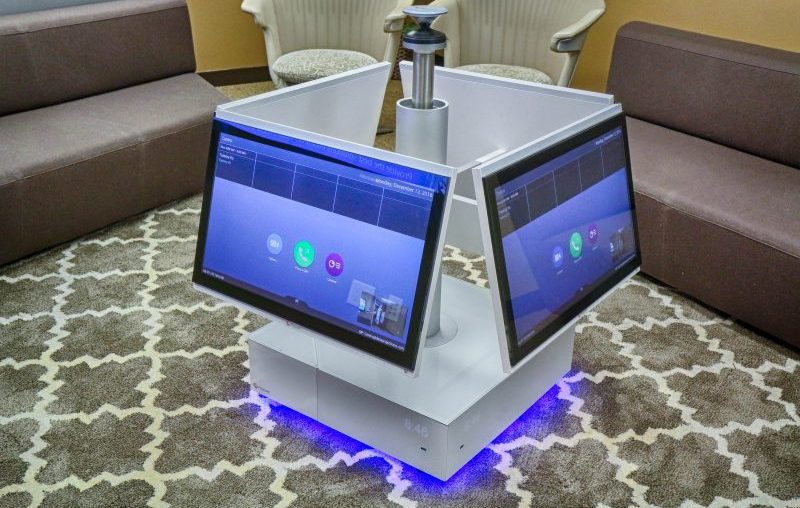What other distributed workforce challenges can video conferencing systems solve?
As useful and productive as remote employees can be, there are challenges remote workers face. Video conferencing can solve most of those challenges. For example:1. Remote employees may feel uninvolved or excluded – A Harvard Business Review study found that remote employees frequently deal with negative feelings associated with their coworkers. According to the study, remote employees were more likely to suspect coworkers of talking behind their backs or otherwise behaving hostile to them.
These feelings can be amplified by remaining physically apart, as it can reinforce that the remote employee is not a part of the team. Video conferencing solutions fix this by building a vital connection between remote and onsite employees. This connection, reinforced by those important nonverbal cues, ensure remote employees remain happy and motivated.
2. It’s difficult to collaborate effectively with a distributed workforce – Distributed workforces often struggle with keeping everyone engaged and passionate about particular initiatives. Much of that is due to poor communication between remote employees and other team members. It’s also difficult to collaborate when presenters can’t look around the room and see how their ideas are being received.
Video conferencing solves this problem by bringing people face-to-face. Modern video conferencing solutions don’t require meeting members to remain in one place in front of the screen. It’s simple for presenters to use whiteboards or other presentation materials during a video conference, so workers can collaborate visually with each other, no matter the distance.
3. Communication may become expensive or difficult to manage – There’s no substitute for a face-to-face conversation. Many companies, though, can only arrange face-to-face conversations by paying remote employees to travel. Before long, this approach will prove to be expensive and inefficient.
Video conferencing allows companies to slash their travel budgets, while also simplifying how colleagues communicate. Remote employees may have to manage several communication channels and apps to remain in contact with everyone. With a video conferencing solution, though, participants only have to hit a button and they’re in the meeting. It’s both simple and reliable, which are important considerations for an employee who may be out of easy reach of IT.
Video conferencing solutions are a perfect fit for a distributed workforce, especially as a company’s remote workforce scales up. Without video conferencing, it eventually becomes impractical to maintain effective communication with all remote employees. Imagine trying to keep dozens or hundreds of people on the same page without seeing a single employee. With only phone calls and e-mails, it’s seems like an impossible task.


